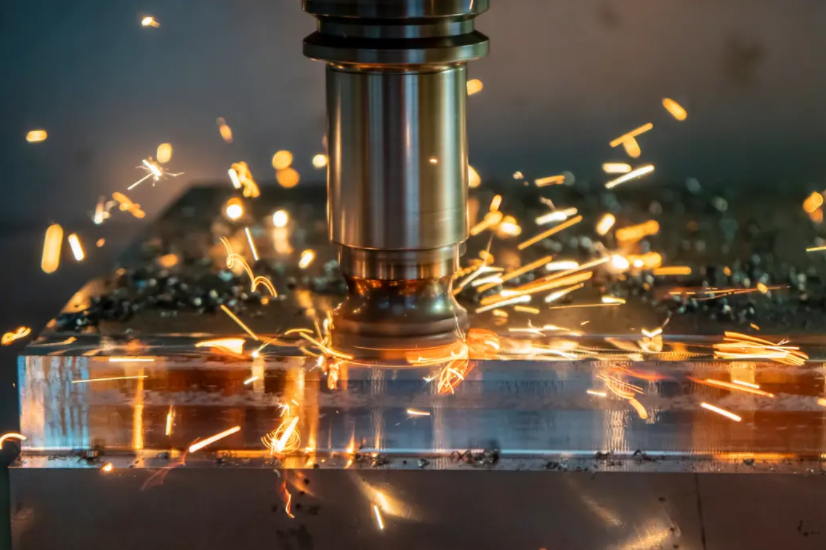Innovation and design play a crucial role in shaping our world. From technological advancements to architectural marvels, these two elements are at the forefront of progress. One area where innovation and design intersect is in the creation of aluminum prototypes. Aluminum, with its lightweight and versatile properties, has become a popular choice in various industries. This article delves into the process of creating an aluminum prototype and explores how it advances innovation and design in the English language.
The first step in creating an aluminum prototype is to have a clear understanding of the desired product. Whether it is a new gadget, a structural component, or even a piece of artwork, defining the purpose and functionality is crucial. This process requires effective communication and the ability to articulate ideas in the English language. Engineers and designers must be adept at expressing their vision and requirements to ensure that the prototype meets the desired specifications.
Once the concept is established, the next stage involves creating a digital representation of the prototype. Computer-Aided Design (CAD) software allows designers to draft precise 3D models that capture every intricate detail. This step requires proficiency in the English language as designers communicate their ideas and modifications through annotations and descriptions. Clarity in communication is essential to ensure accurate translation of the design into a physical aluminum prototype.
Once the digital model is finalized, it is time to bring the prototype to life. This is where the aluminum fabrication process comes into play. Aluminum, known for its malleability, durability, and corrosion resistance, is an ideal material for prototyping. It allows for intricate designs to be accurately replicated, making it a preferred choice for innovative projects. The fabrication process involves cutting, bending, and welding the aluminum sheets to create the desired shape and structure.
During the fabrication process, effective communication and understanding of technical terms in the English language are essential. Fabricators need to comprehend the design specifications, work with precision, and address any challenges that may arise. This requires a strong grasp of technical vocabulary and the ability to communicate effectively with the designers and engineers involved in the project.
Once the physical aluminum prototype is complete, it undergoes rigorous testing and evaluation. This phase ensures that the prototype meets the intended functionality, durability, and safety standards. Testing may involve subjecting the prototype to various conditions such as temperature variations, stress testing, and simulated usage scenarios. The data gathered during testing is then analyzed, and any necessary modifications are made to enhance the prototype’s performance.

Throughout the testing and evaluation phase, effective communication in the English language plays a vital role. Test results, analysis, and recommendations need to be communicated clearly to all stakeholders involved. This helps in making informed decisions regarding design modifications and improvements, ensuring that the final product meets the desired standards of innovation and functionality.
Creating an aluminum prototype involves a combination of innovation, design, and effective communication in the English language. From conceptualization to fabrication and testing, each step relies on clear and concise communication to ensure the prototype aligns with the envisioned design. Aluminum\’s versatility and the ability to accurately replicate intricate designs make it an ideal material for pushing the boundaries of innovation and design. As technology continues to advance, the English language remains a crucial tool in advancing innovation and design in various industries.
-

- Magnesium alloy die-casting Auto parts Front bumper Anti-collision beam
-

- Magnesium Aluminium alloy die casting parts Chain cover for automotive
-

- avtomobil üçün yüksək dəqiqlikli tökmə sükan
-

- CNC emal avtomatik idarə paneli braketi
-

- Mangensium ərintisi tökmə Thixomolding dəbilqə
-

- Magnesium alloy die-casting auto parts center control cover

 0086-750-5616188
0086-750-5616188 +86 13392089688
+86 13392089688 sales@zhongmei-tech.com
sales@zhongmei-tech.com







